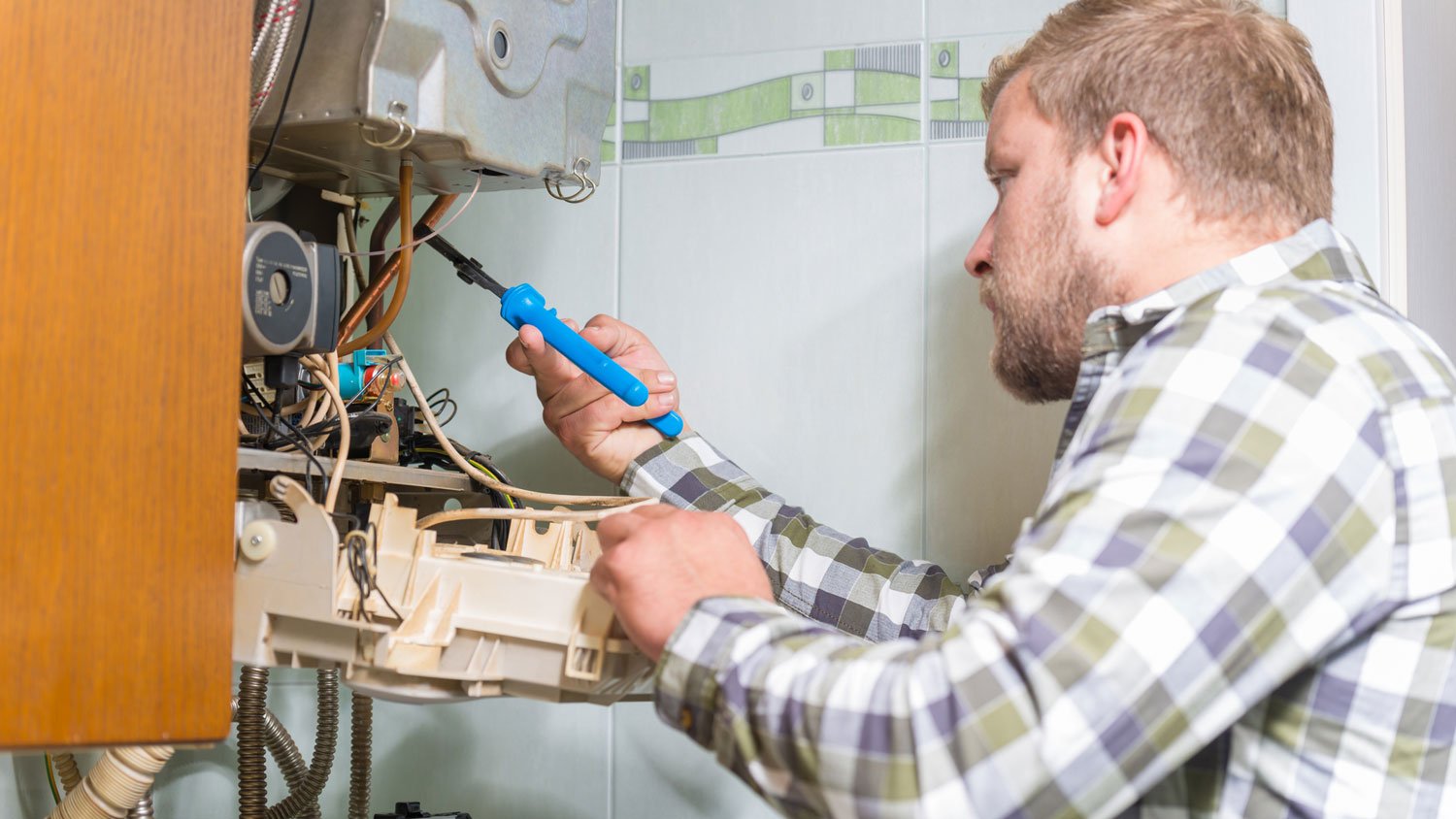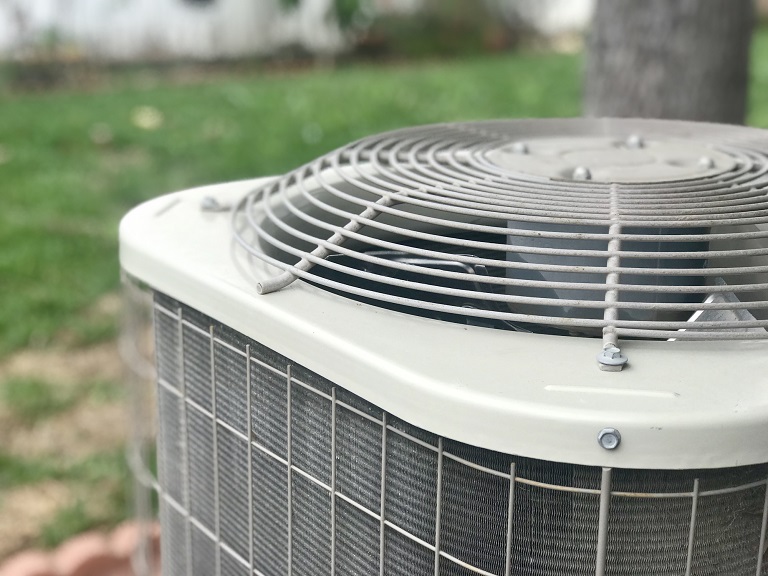
What you’ll pay in Columbus, OH, for furnace repairs depends on many factors. Here’s a breakdown of what can go wrong and the cost to fix those issues.
Say goodbye to the pesky pilot light—these features redefine the modern furnace


Look for modern, energy-efficient features that save you money long term
An energy-efficient furnace should have an AFUE rating of 85% or greater
New furnace technology can optimize temperature control
A zoning system-enabled furnace can make a big difference in a big house
If you’re looking to buy a brand new furnace, they don’t make them like they used to—and that’s a good thing. The clunky, inefficient furnaces of yesteryear are long gone, thanks to modern energy-efficient features. Newer furnace technology can save you money, offer greater temperature control, and even make the air you breathe a little bit cleaner. So, what features should you look for? These six must-have features won’t ever leave you out in the cold.
All furnaces have an Annual Fuel Utilization Efficiency (AFUE) rating to measure their energy consumption. The minimum legal rating for new furnaces is 78%, but furnaces that receive Energy Star certification from the Environmental Protection Agency have AFUE ratings of 85% or greater.
On average, Energy Star furnaces are up to 15% more energy efficient than standard furnaces—which equates to $30 to $85 worth of annual energy savings. Over time, the savings add up. If your furnace lasts 20 years, it could translate to $1,700 saved throughout your furnace’s lifespan. Plus, you’re reducing your environmental impact. Planet Earth certainly won’t mind.
Depending on the HVAC system, your furnace (or air handler) has a blower that moves heated and cooled air through your ductwork. Traditional blowers are always running at full blast unless they’re off, which is how you get a burst of heated or cooled air in a room. A variable-speed blower will run almost continuously at a low speed and then ramp up when your HVAC system needs extra power.
Variable speed blowers increase your HVAC system’s energy efficiency, which decreases your energy bill because it doesn’t have to start and stop as often. They also have better temperature control—so say goodbye to hot and cold zones.
Electronically commutated motors (ECMs) take the same benefits of a variable-speed blower one step further. Furnaces with ECMs don’t just optimize temperature control. They also:
Are 20% more energy efficient than traditional furnaces
Have fewer mechanical failures
Increase your home’s air quality
ECMs don’t use brushes like a traditional motor to communicate an elect9+rical signal, which wears down over time as it helps the blower push air through your HVAC system. Since ECM’s don’t use brushes, they aren’t prone to malfunction. Instead, ECMs come with the option to constantly run the fan, which pushes air through your HVAC system’s air filter (preferably, a HEPA filter).
If the fan is always running, you’ll enjoy continuous filtered air at a higher quality.
ECMs do cost a premium, but furnaces with this type of motor may come with a tax credit and have fewer costly repairs.

Heating isn’t a one-size-fits-all solution, especially if you have a larger home. You may find that one of your rooms is always a little too cold, but another has you peeling off your layers. If you’re used to this oh-so-familiar hot and cold dance, you may want to replace your furnace with a zoned HVAC. With this upgraded furnace, you can set different rooms to different temperatures.
Craving a consistent home temperature? Say hello to the modulating gas valve, another feature fine-tuned to optimize temperature control. This must-have furnace feature meticulously adjusts the incoming gas supply, so your furnace’s flame gets bigger or smaller as needed. It’s a nuanced approach to heating that ensures you’re always comfortable while also increasing your home’s energy efficiency.
Pesky pilot lights are a thing of the past. Pilot lights, which are a continuous flame used to ignite the gas that heats your furnace, expend a lot of energy. Newer ignition systems light gas up with a spark or hot surface. This leads to increased AFUE ratings since there’s no need to waste fuel on a constant flame.
Your out-of-pocket cost for installing or replacing a furnace depends on the type and size. Regarding both, you want a furnace that can handle the size of your home and outdoor climate.
For instance, electric furnaces are better suited for places with mild winters because they use a lot of power. Electric furnace costs range from $2,000 to $7,750. For a home measuring 1,500 to 2,000 square feet, your out-of-pocket cost can be between $1,100 and $2,800.
Gas and oil furnaces ensure a warm and cozy home during the coldest winter months. You can expect gas furnace costs to fall in the $3,800 to $10,000 range; high-efficiency models cost a bit more, up to $12,000. If your home is 1,600 to 2,000 square feet, a new gas furnace will hover around $7,000.
An oil furnace costs less than gas, with an average range of $2,500 to $10,000. To warm up a home between 1,600 and 2,200 square feet, you will need $2,500 to $5,800 in your furnace budget.
Deirdre Sullivan contributed to this article.
From average costs to expert advice, get all the answers you need to get your job done.

What you’ll pay in Columbus, OH, for furnace repairs depends on many factors. Here’s a breakdown of what can go wrong and the cost to fix those issues.

When your heat goes out, it can cause a bit of a panic. But knowledge is power, so let's go over radiator repair costs before that happens.

When your HVAC system is acting up, it could be the blower motor to blame. See how much blower motor replacement costs and what impacts the price here.

Discover the average air handler replacement cost, including labor and materials, plus expert tips to help you budget and save on your HVAC upgrade.

Are you considering adding a whole-house humidifier to your home? Keep reading to learn the pros and cons of a whole-house humidifier.

Is your furnace not blowing hot air? Find out 13 common culprits behind a cold furnace, plus tips for how to get the warm air pumping again.